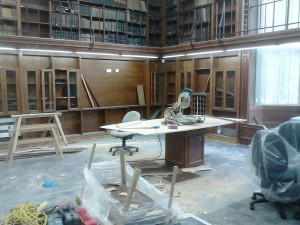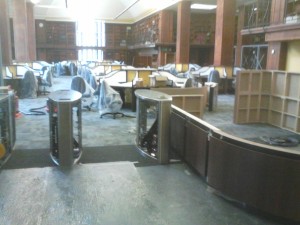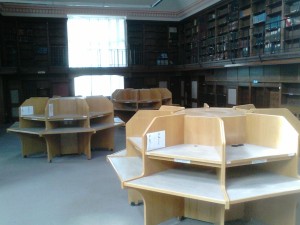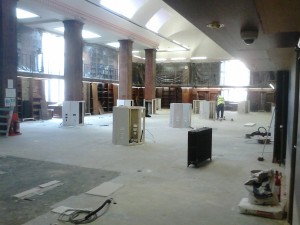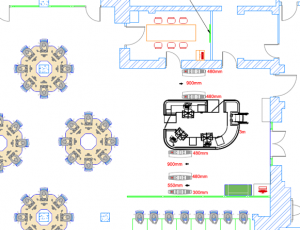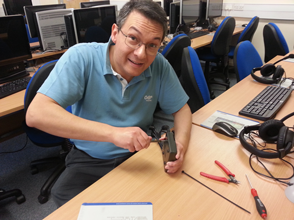No more thoughts from the LRC/Learning Technologies for the foreseeable future …. !
In January 2015, initially for nine months, I was seconded to Newcastle University’s central IT Service. My previous IT support role at the Language Resource Centre and School of Modern Languages is now in the capable hands of Dave Masters, with whom I had swapped roles and effectively filled his role as e-learning systems analyst for the Learning Technologies Group.
It’s now a year on, and, following another internal teams restructuring, I’m now an applications systems analyst within the Applications Support Team, a vital part of Newcastle University’s central IT Service. I am again looking forward to a period of challenge and new experiences. Already, I have been able to get stuck into packaging up a variety of scientific / engineering software for automatic deployment by Group Policy to various central engineering PC clusters on campus. It has been a bit of a culture shock for me – way back when at the Language Resource Centre I was the sole IT professional supporting the School of Modern Language and the LRC. Now, I share an office with three other IT pros; it’s a great experience so far gleaming new knowledge and being in a shared environment!
Over the past year I have been learning new stuff about RAS (Remote Access Service operating under the Citrix XenApp environment), and Specops Deploy – a third party plug-in for Group Policy in Active Directory which allows for more controlled scripted application installations.
As time allows, I will update this blog with further thoughts from my experience here at the Applications Support Team…








